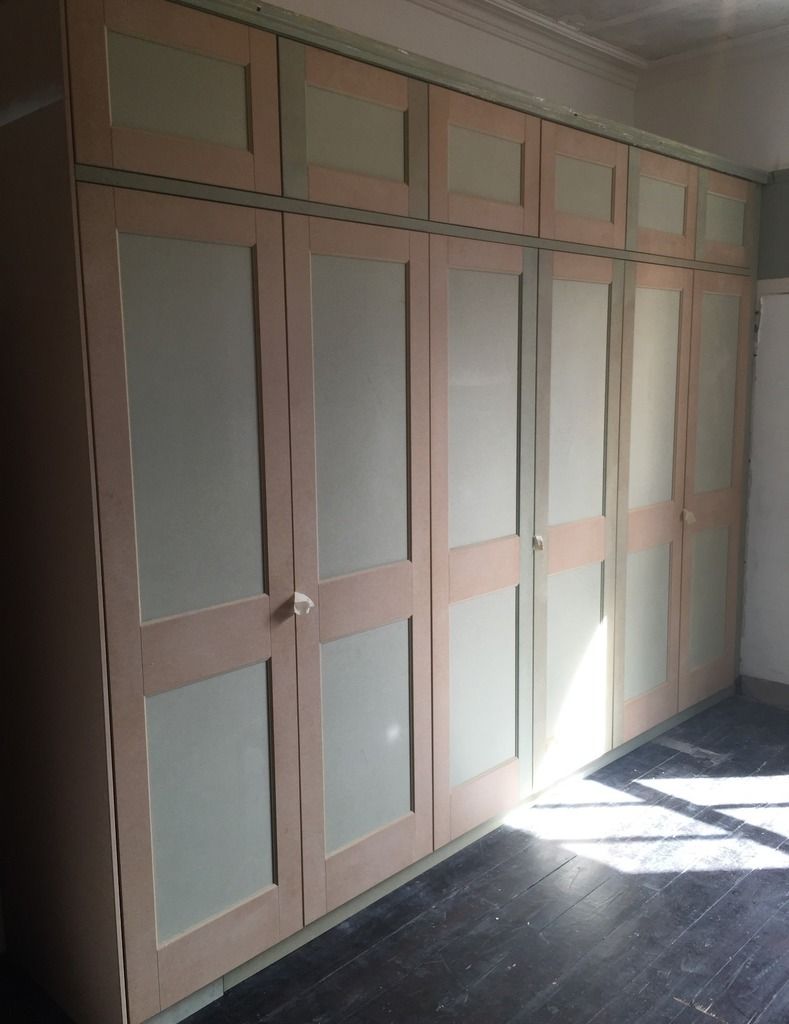MR MDF
Concealed, soft-close hinges
Blum Movento runners on the drawers. First time I've used them and they are lovely.
Contemporary masking tape handles.
Original picture rail was removed and refitted on to front of the units
Customer to finish
Lights have been added to the inside when the doors are opened but I'll take some snaps once it's painted





Concealed, soft-close hinges
Blum Movento runners on the drawers. First time I've used them and they are lovely.
Contemporary masking tape handles.
Original picture rail was removed and refitted on to front of the units
Customer to finish
Lights have been added to the inside when the doors are opened but I'll take some snaps once it's painted







































